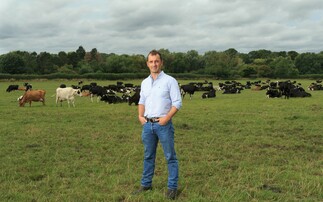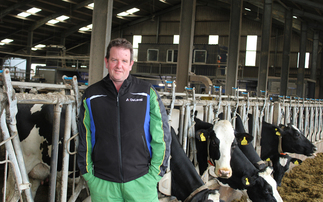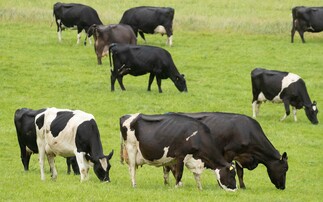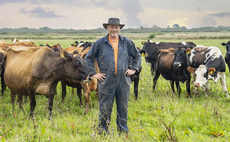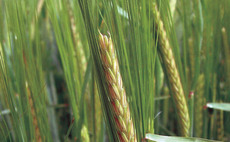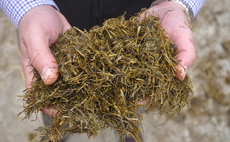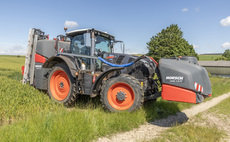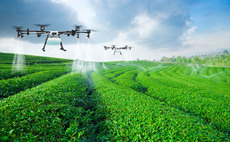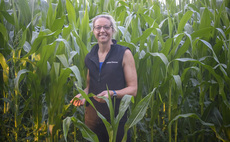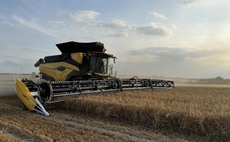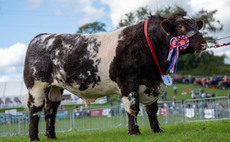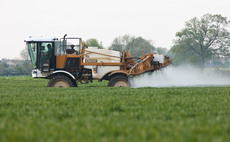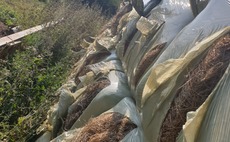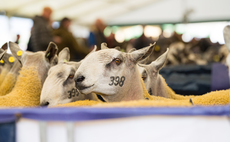
The prolonged spells of high rainfall may also affect nutrient uptakes and increase disease pressure in the coming weeks, says Tom Turner, of KWS.
The UK maize crop should have been sown by mid-May at the latest in most regions, but it was not until the first week in June that the majority of the national crop had been planted, says Mr Turner.
The catchy weather forced some growers to drill maize between periods of rainfall and this could cause problems later in the year, he says.
READ NOW: Machine learning and AI enable early lameness detection
He adds: "The soil moisture content on some fields was higher than the ideal, and roots have had less incentive to reach deep into the ground, especially where soil structure may have been sub-optimal. This shallow rooting has the knock-on effect of reducing water uptakes in a prolonged drought spell."
The wet spring also led to feedback that some pre-emergence herbicide treatments may not have been as effective as anticipated.
"In some cases, a planned pass with a pre-emergence herbicide had to be cancelled, and in others the efficacy of the treatment was limited, as chemical activation was restricted," says Mr Turner.
Weeds
"Another factor was that while maize growth has been below the five-year average for the season to date, unfortunately the weeds did not seem to suffer the same effect.
"Young maize plants do not like competition, and weed infestation may be higher than usual on some units. This scenario increased the reliance on post-emergence herbicides, confirming my belief that applying both treatments is the best option and offers a ‘belt and braces' approach."
Potential nutrient deficiencies are yet another weather-related issue, he adds.
"Nutrient deficiencies will be more prevalent in cold, wet conditions," he says.
READ NOW: Choosing your milk replacer
"Phosphorous deficiency, which results in the purpling of the leaves, seems to be fairly common, and lower temperatures may have reduced phosphorous uptake. A lack of sulphur is indicated by pale yellow leaves, while leaves that are pale green in colour can be a sign of nitrogen deficiency.
"A foliar nutrient application will help to remedy these early indications of nutrient deficiency. A treatment can be applied at any time from leaf stage 4, until the height of the crop prohibits travel.
READ NOW: Clear objectives needed when investing in technology
"In these atypical growing conditions, we are seeing plants exhibiting uncommon stress responses. Depending on site and soil type, it may be advisable to also apply zinc, manganese and boron. This will help to give the plants every possible chance of healthy growth as the season progresses."
Eyespot
Eyespot poses the main yield threat in terms of disease risk to maize crops, says Mr Turner.
He says: "The disease favours low temperatures and high rainfall, and a severe case can decimate yields, so maize plants should be closely monitored. Signs of infection include small yellow lesions with a brown ‘halo' appearing on the leaves. The paler areas of the leaf spot may also look translucent when held up to the light. Any loss of green leaf area will limit grain fill and this will not only depress yields, but crop quality will also fall below expectations."







